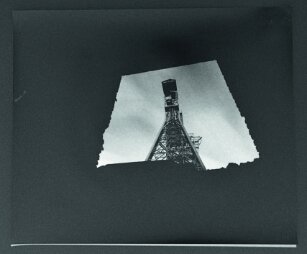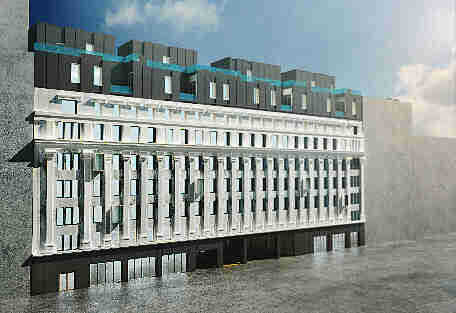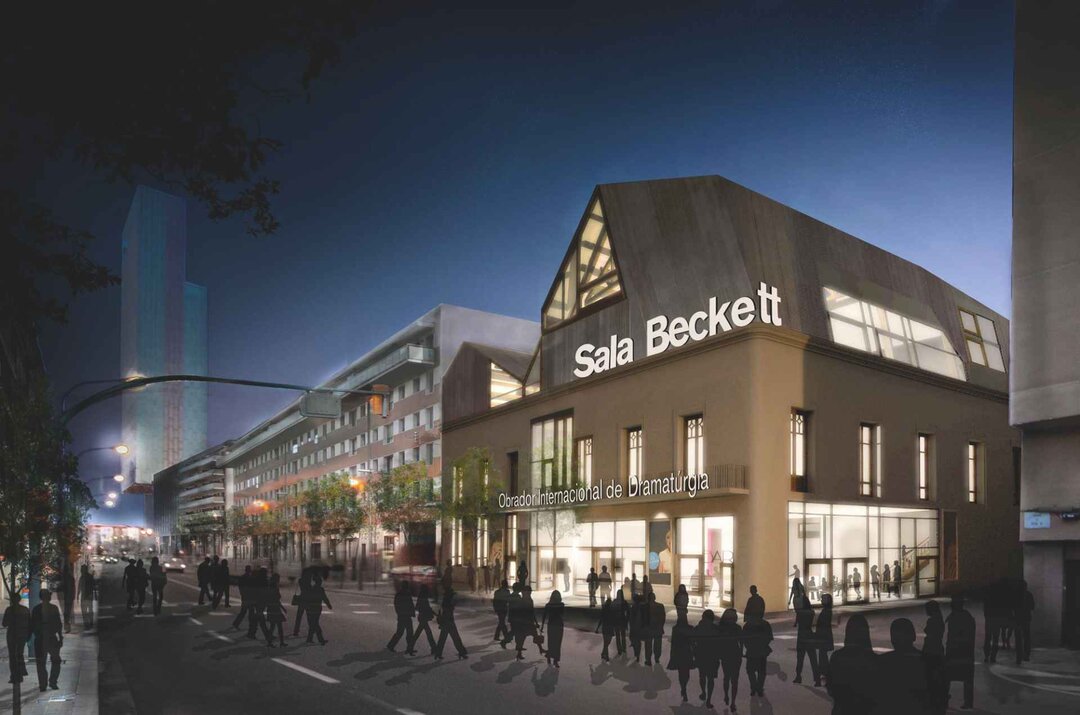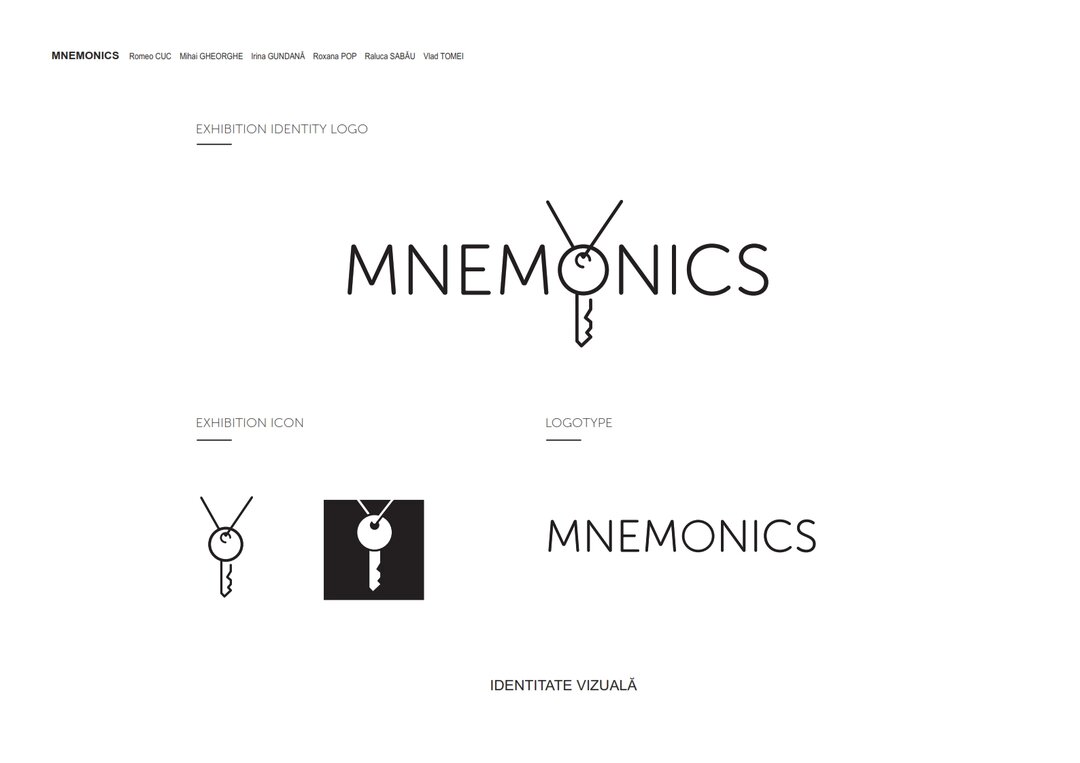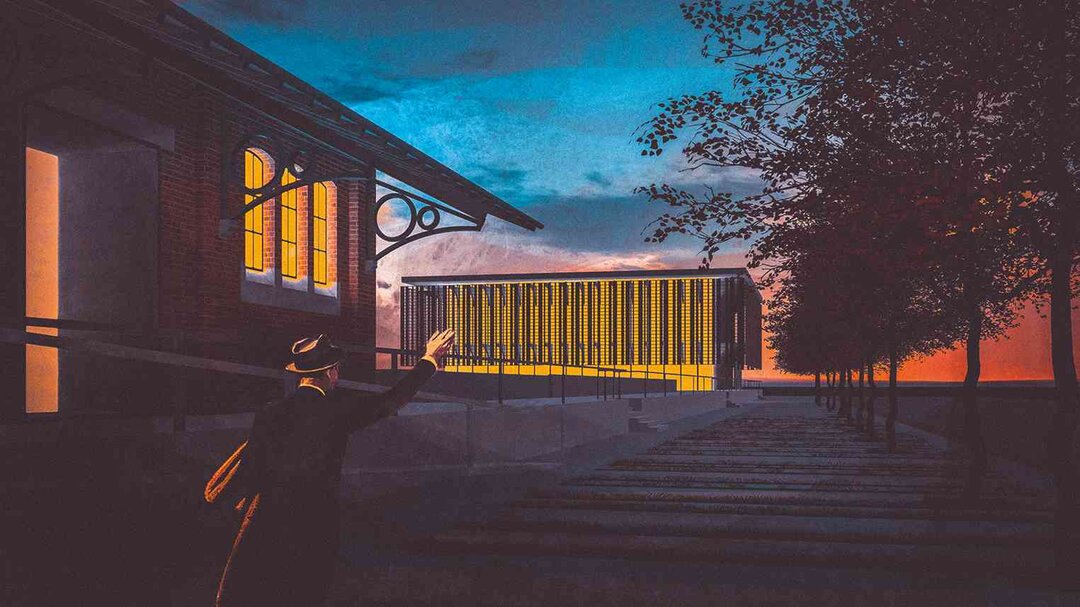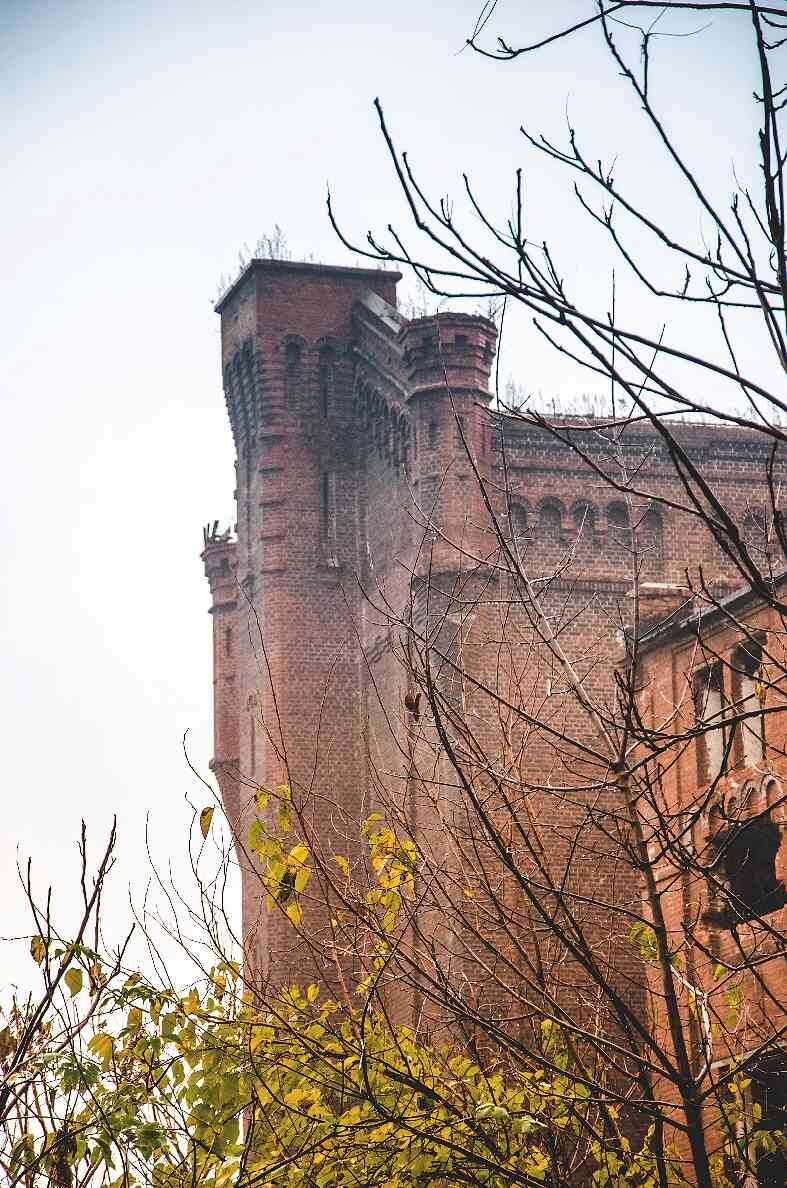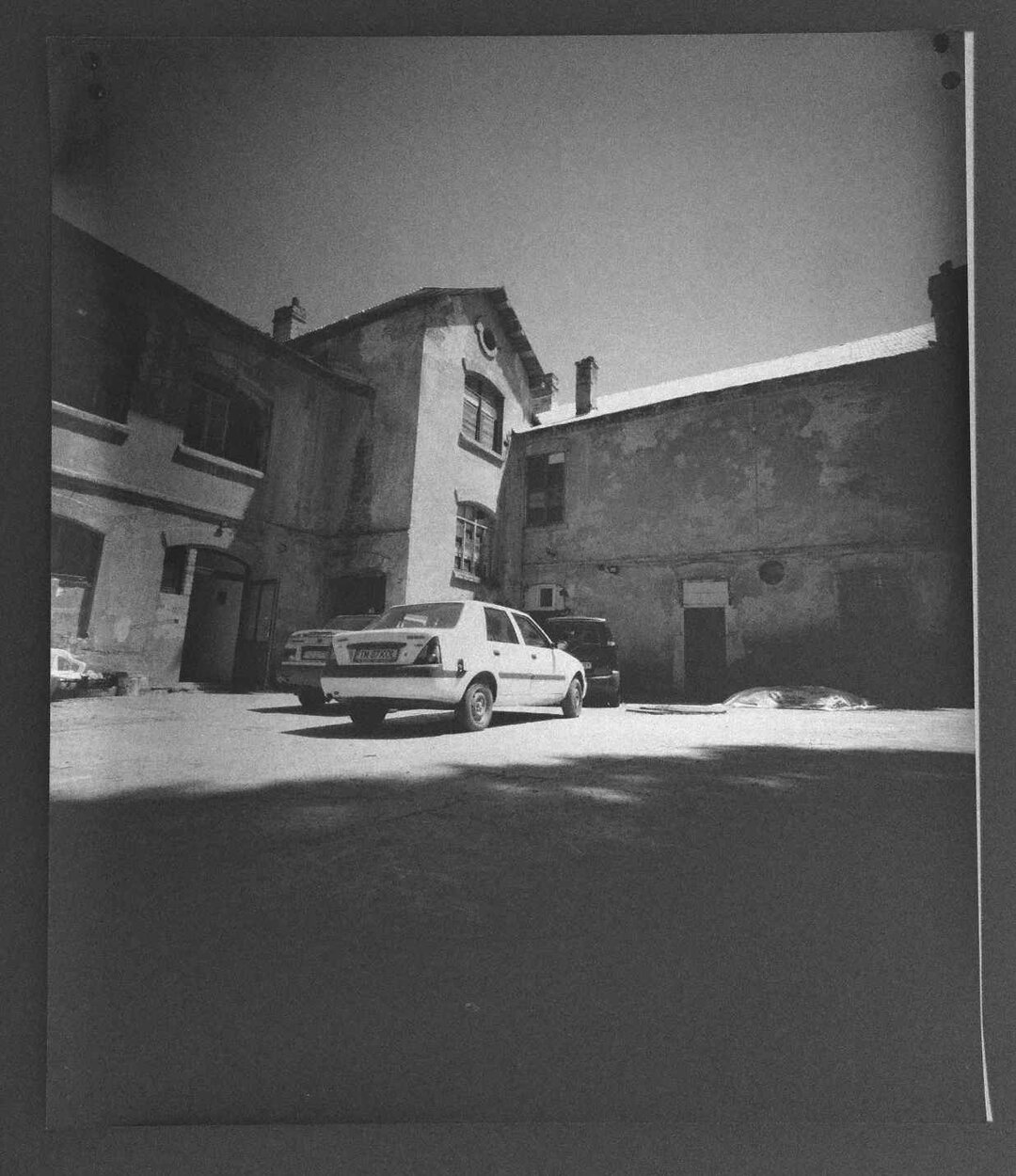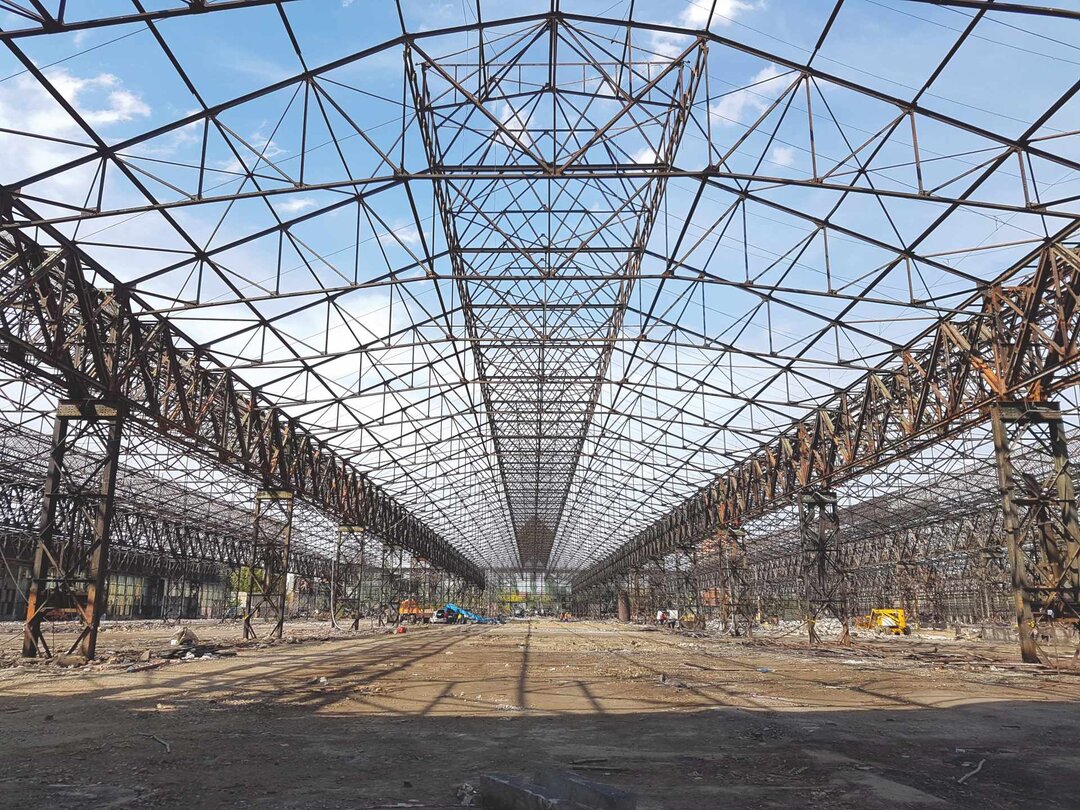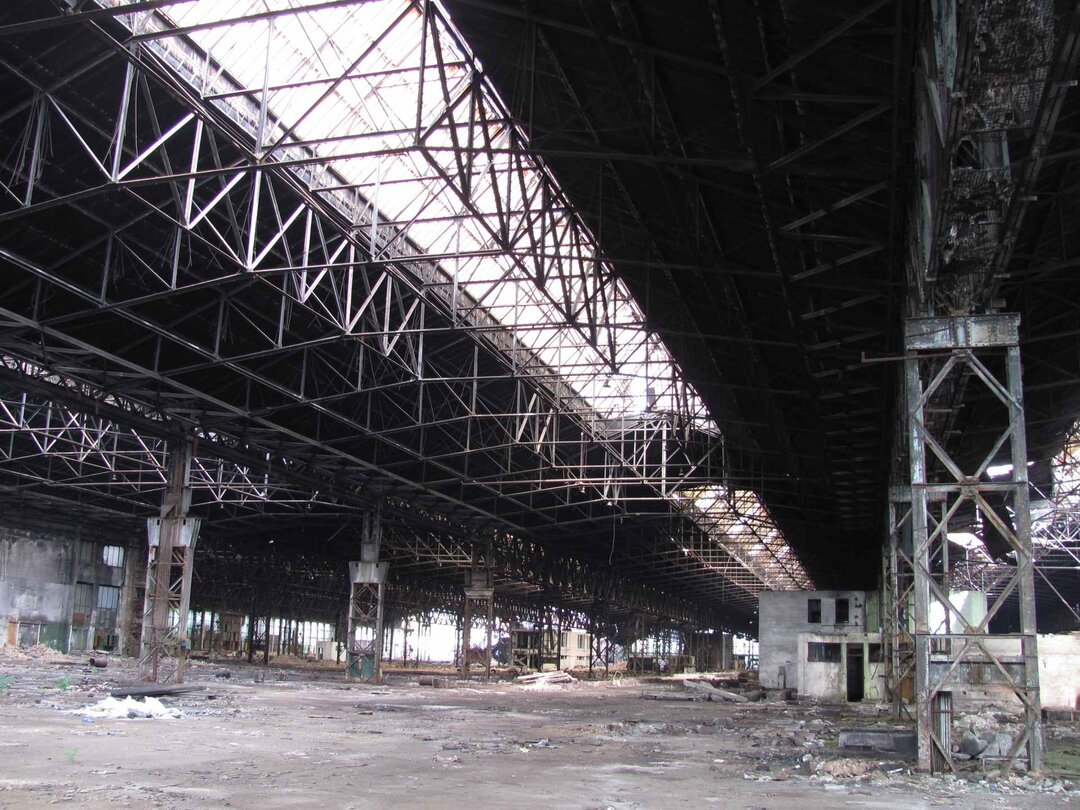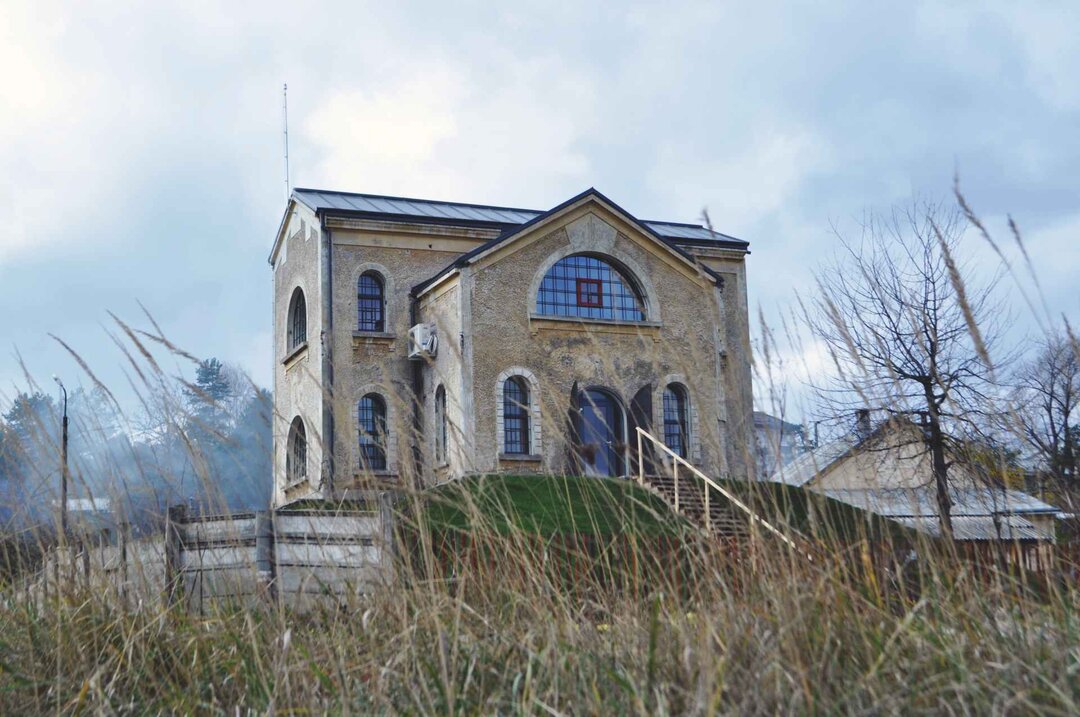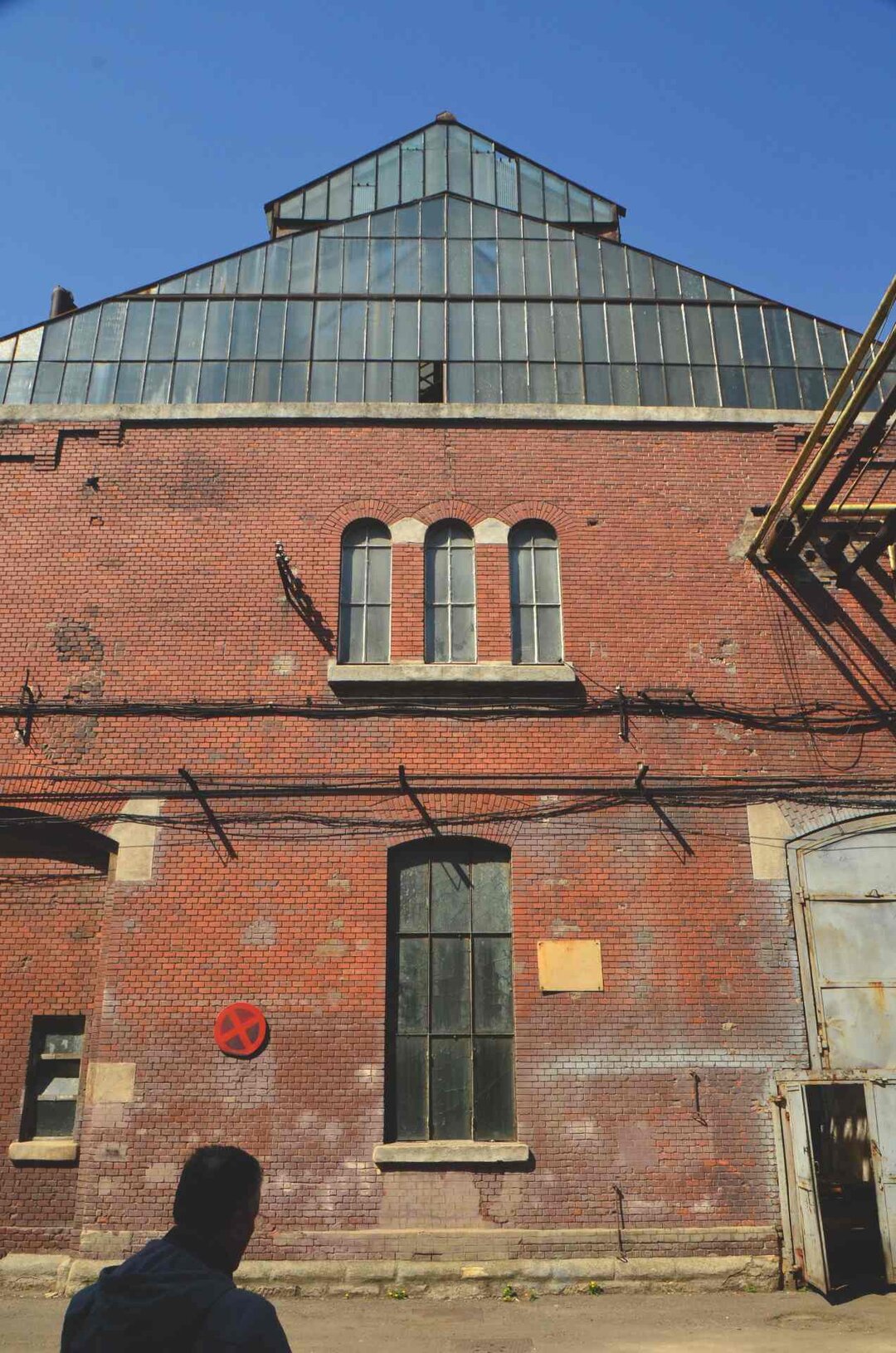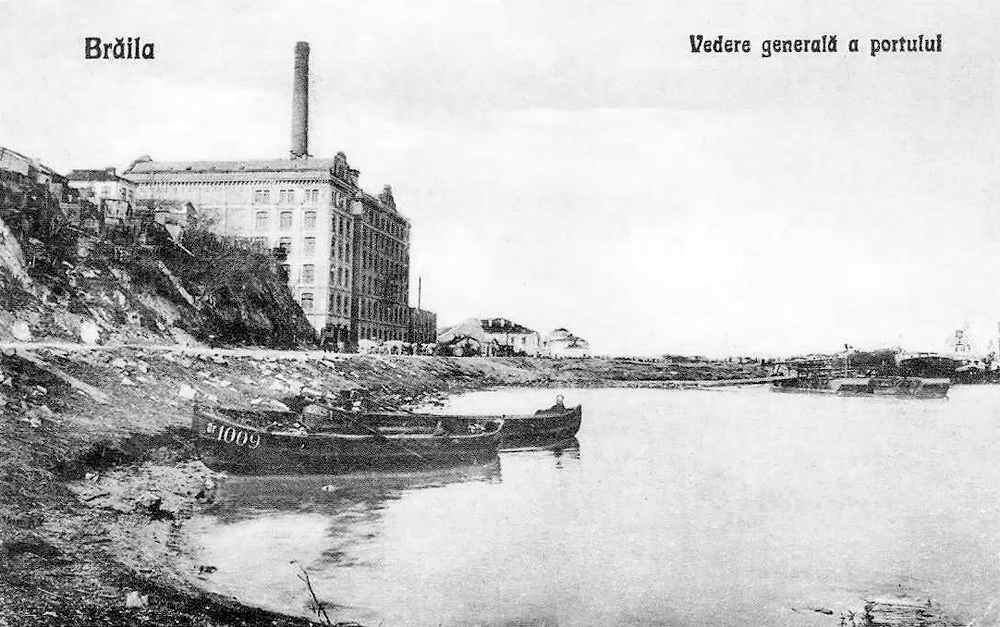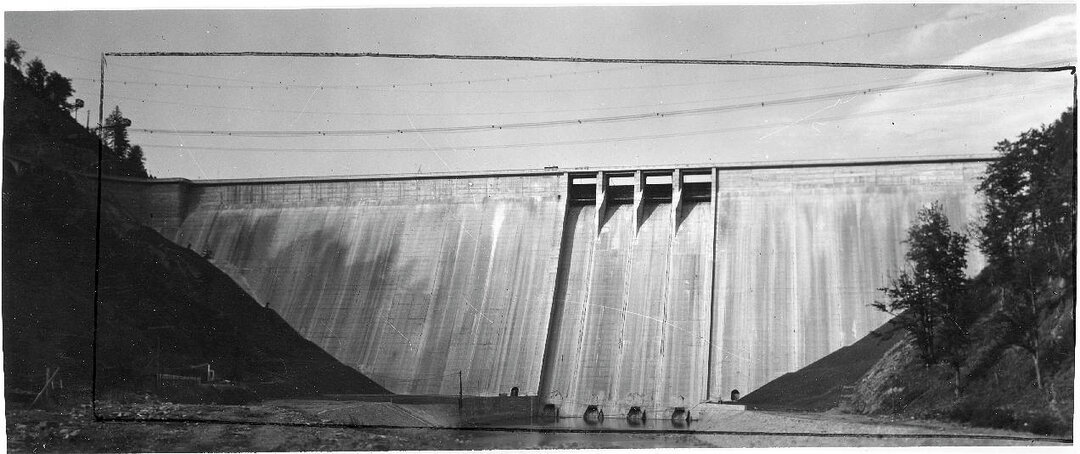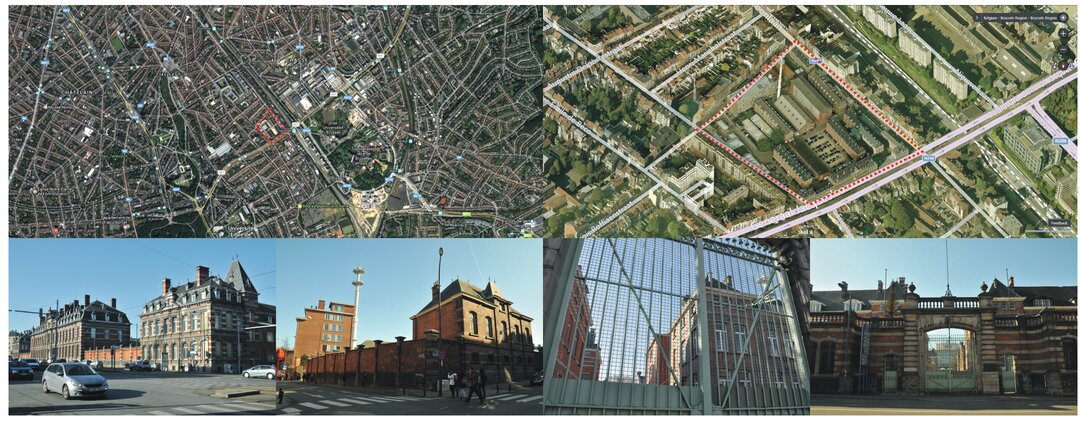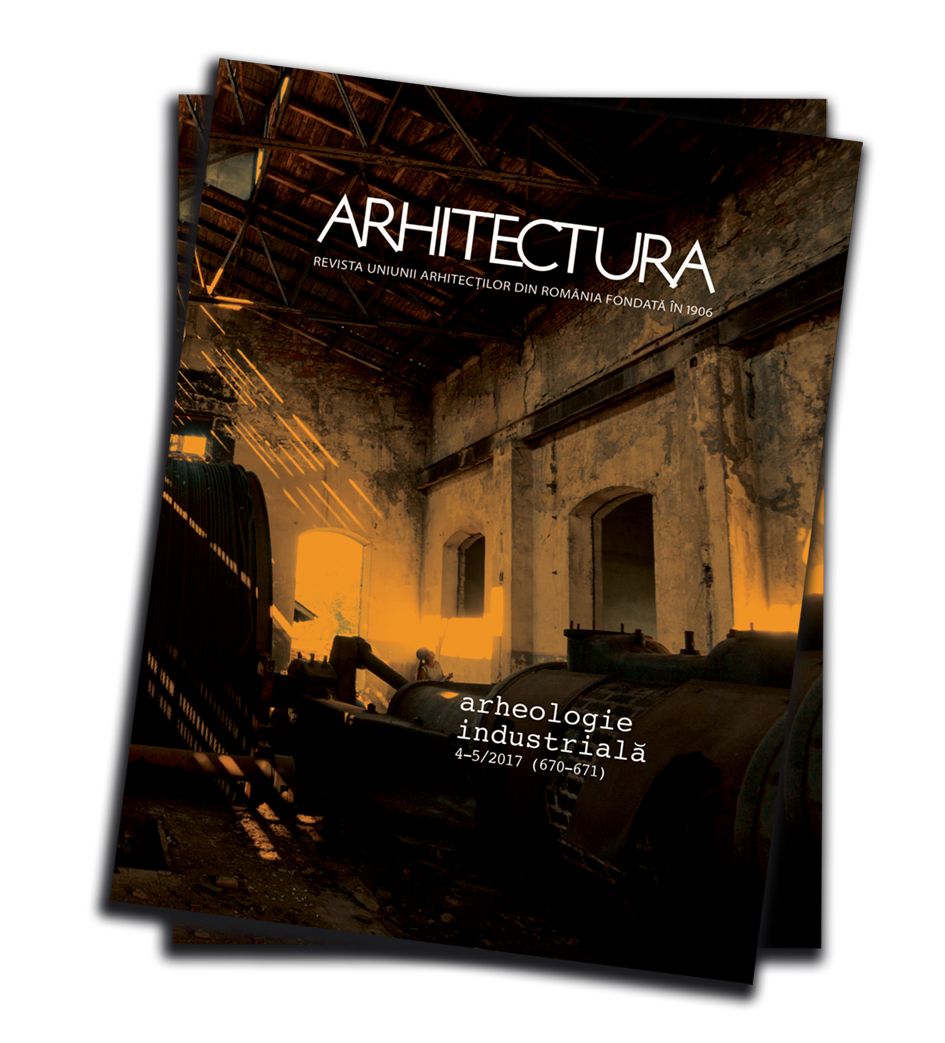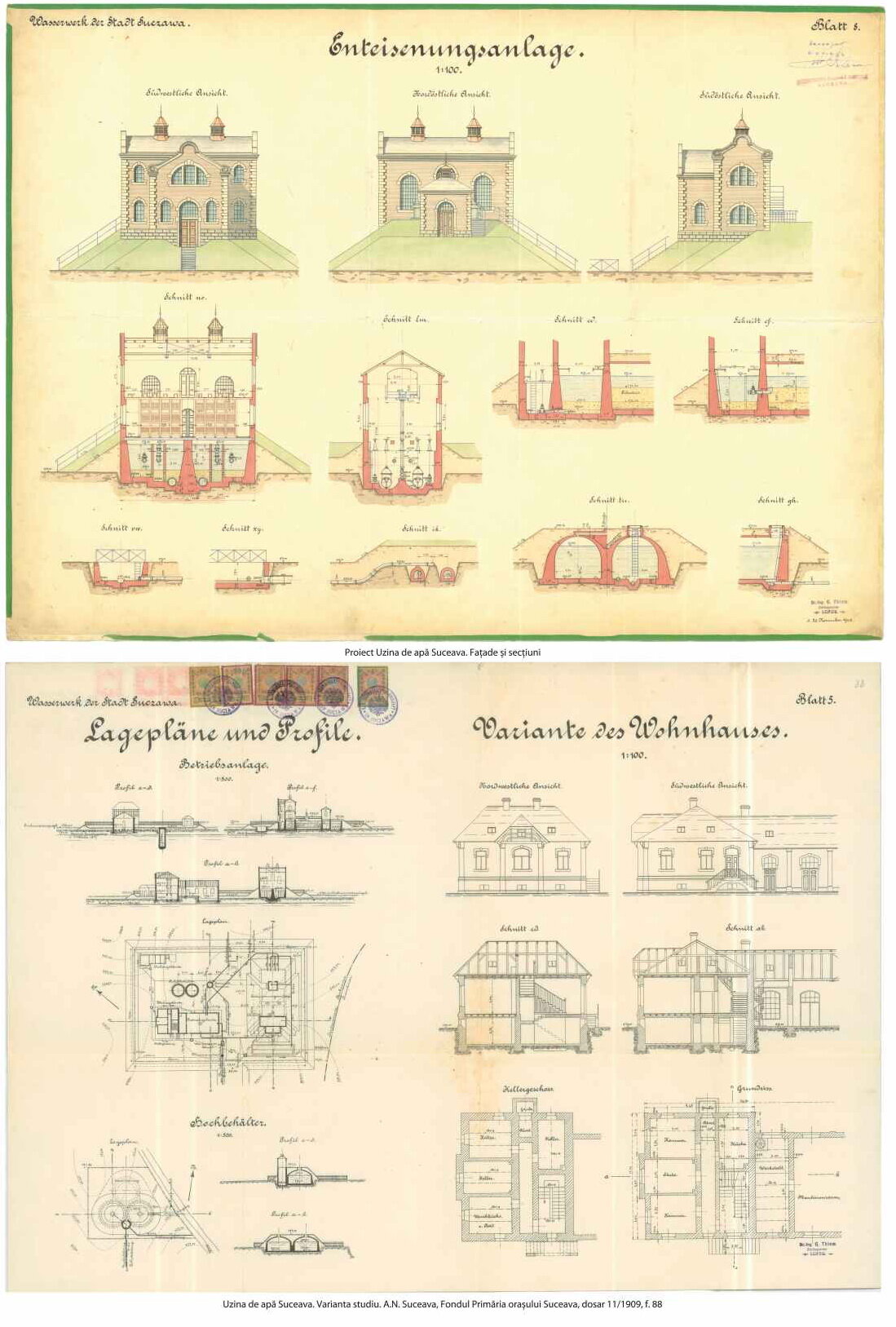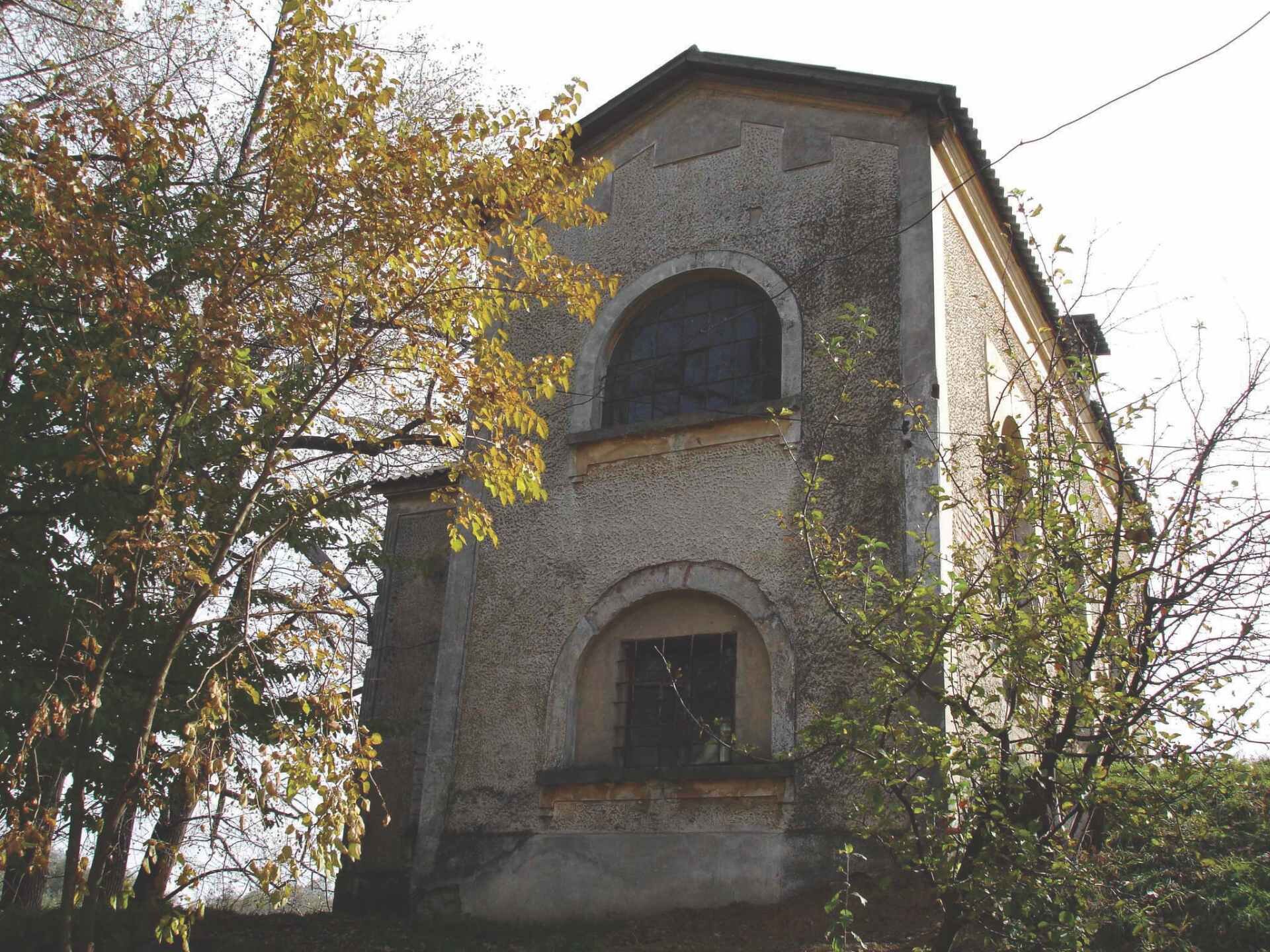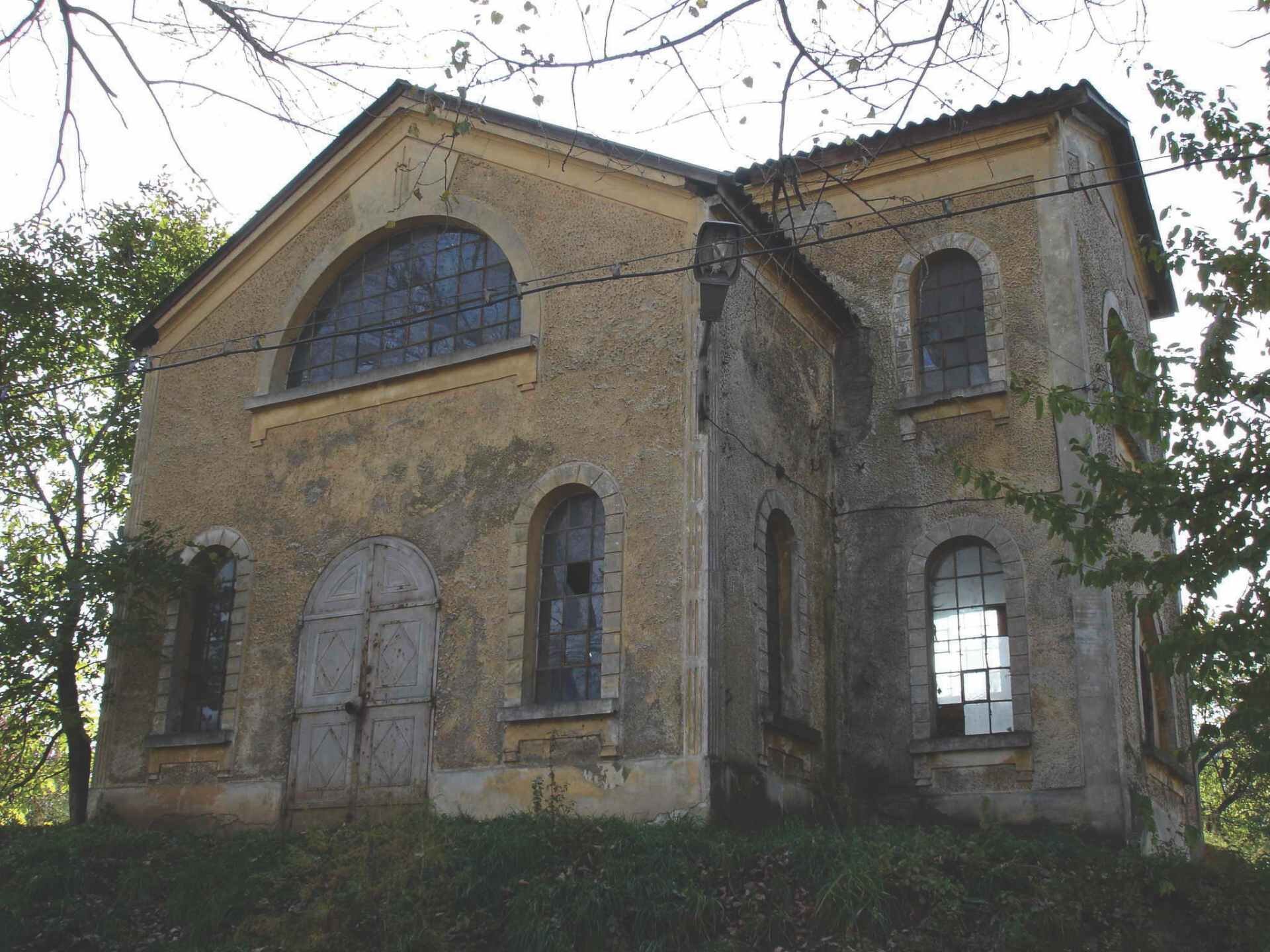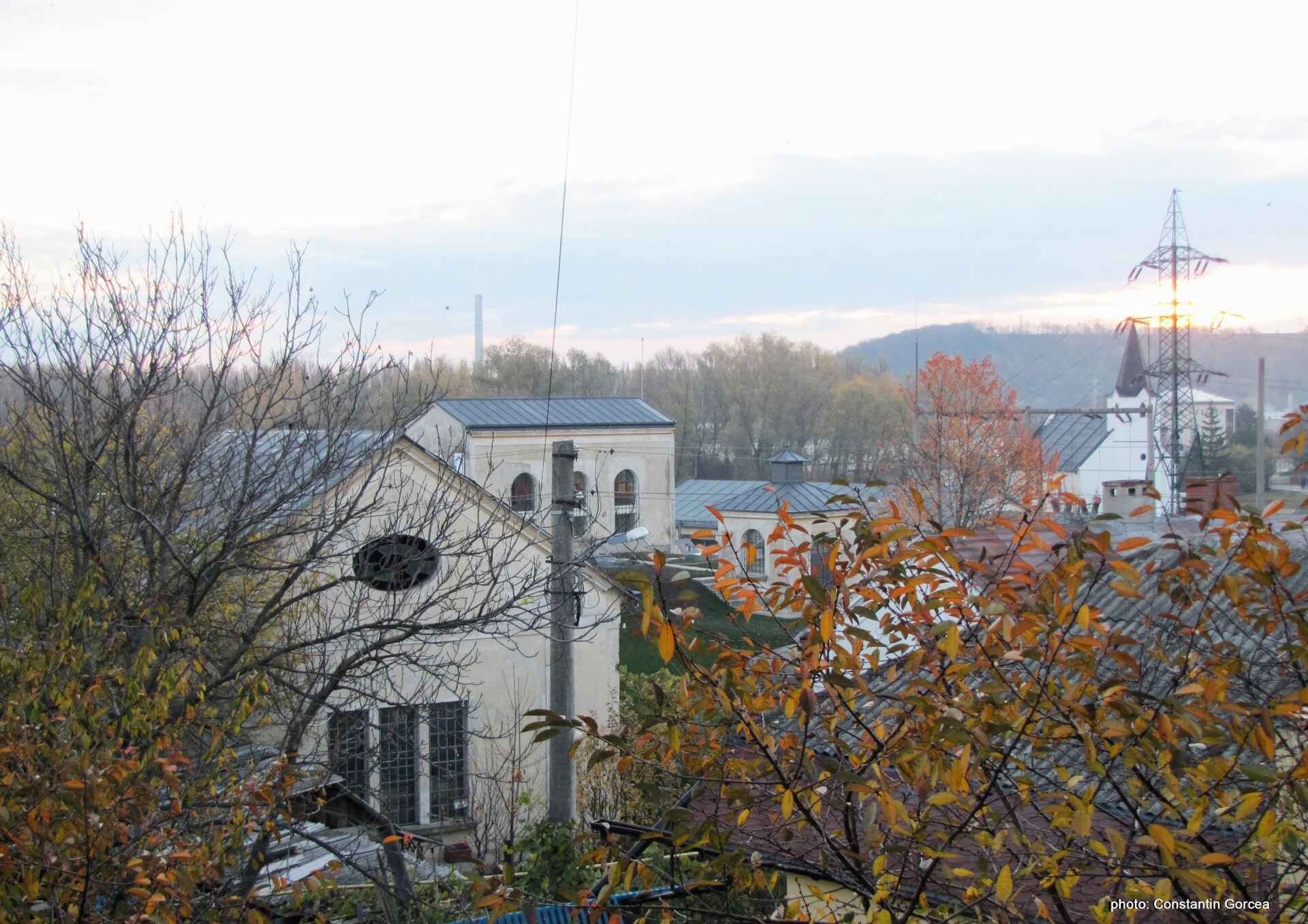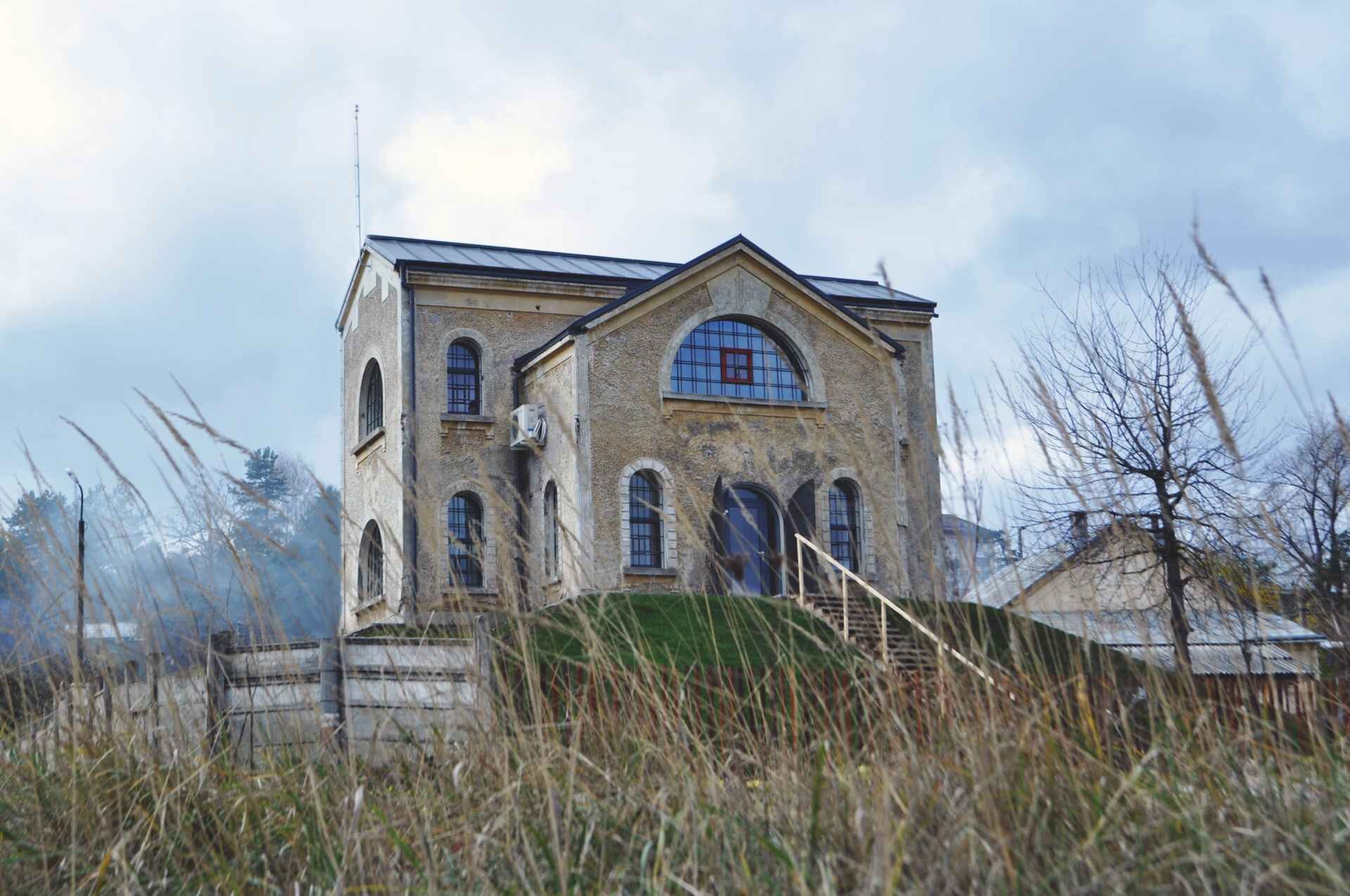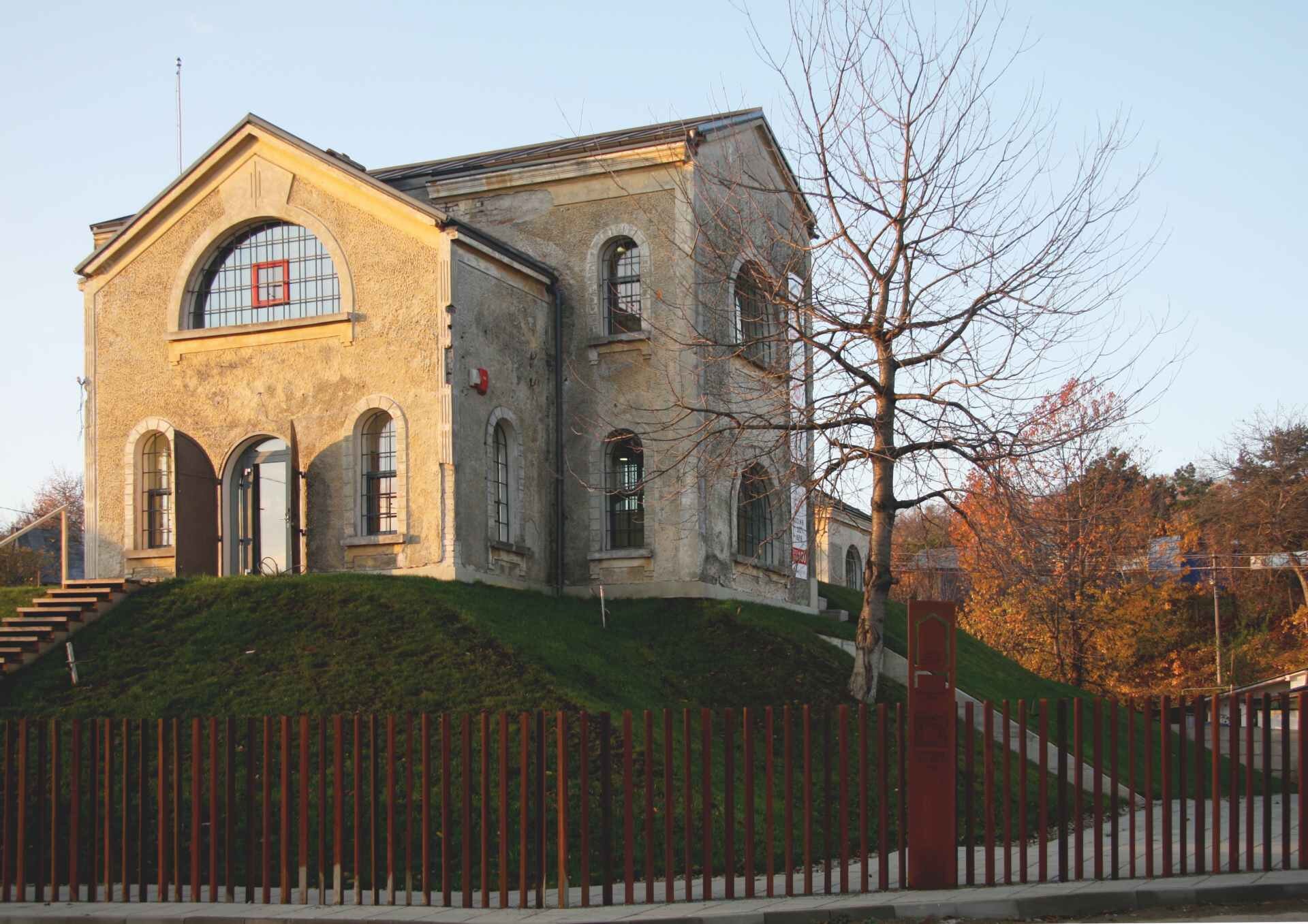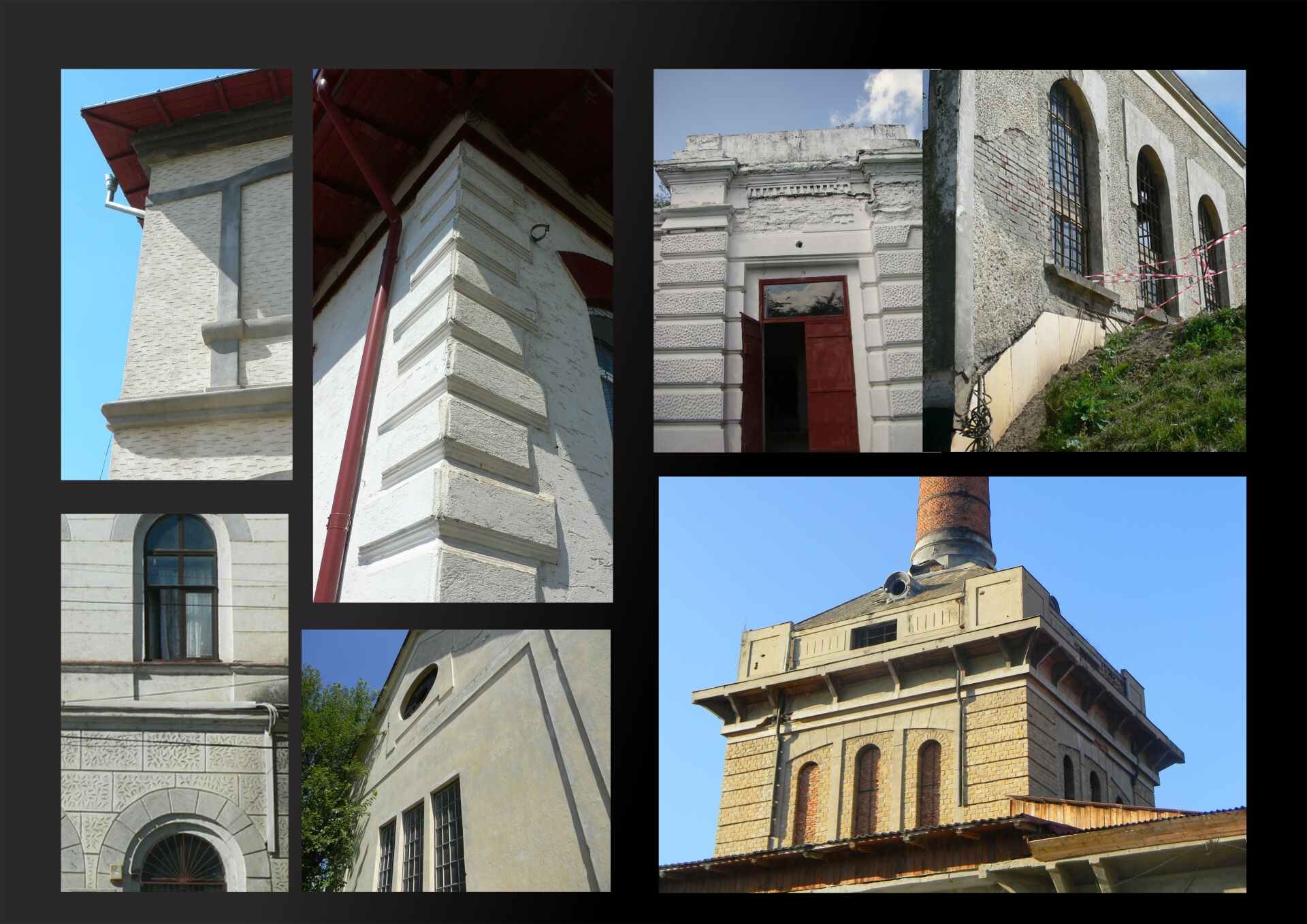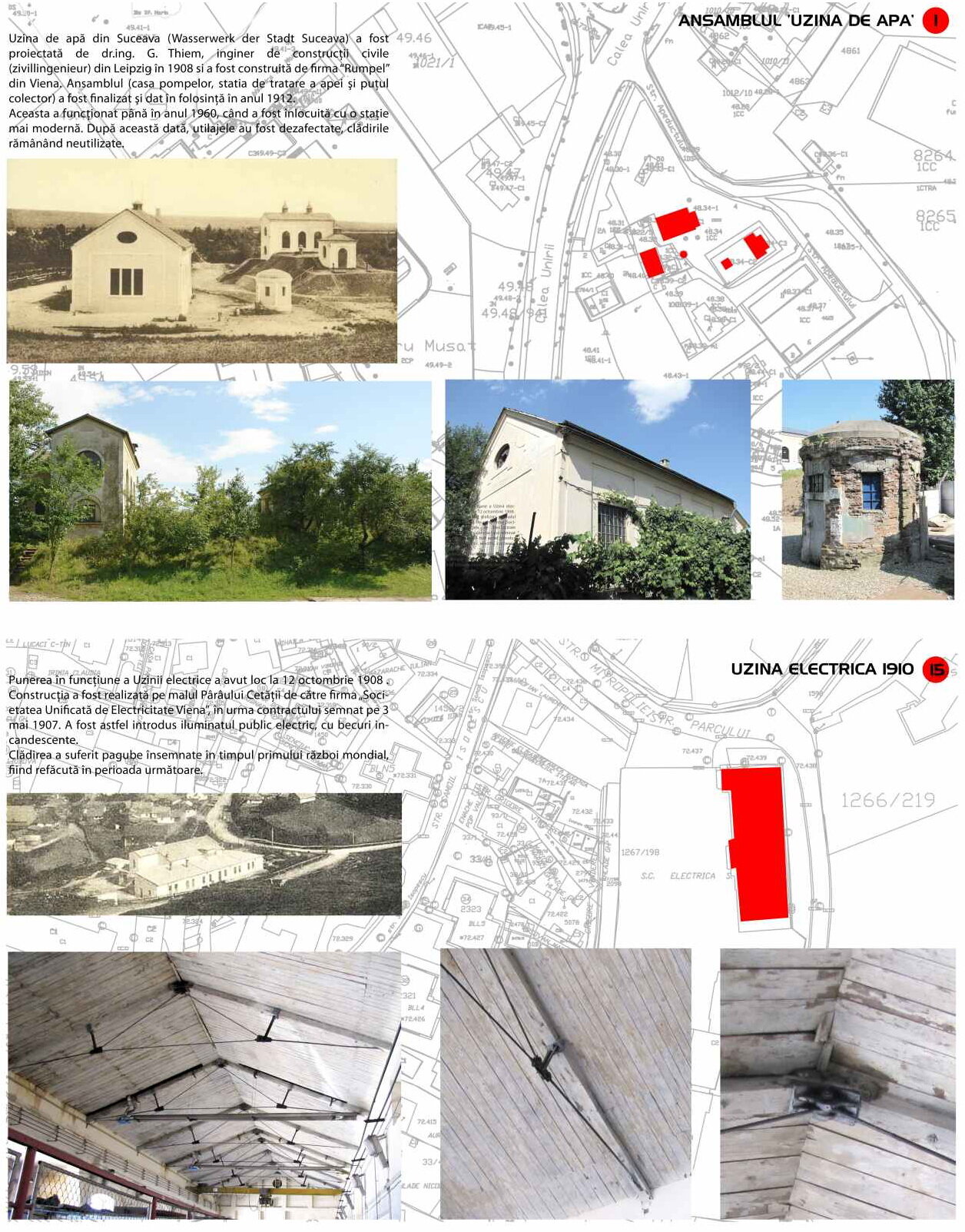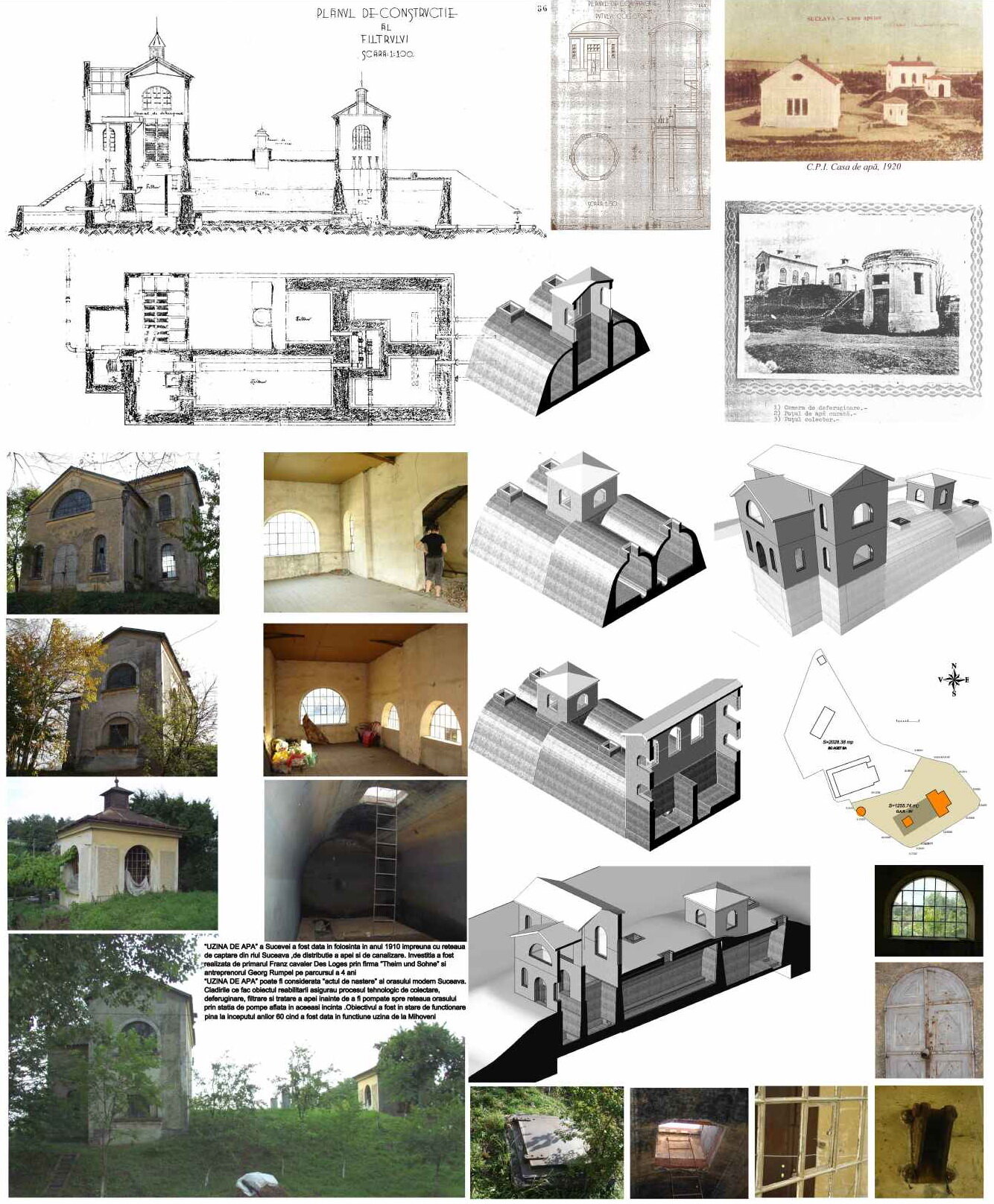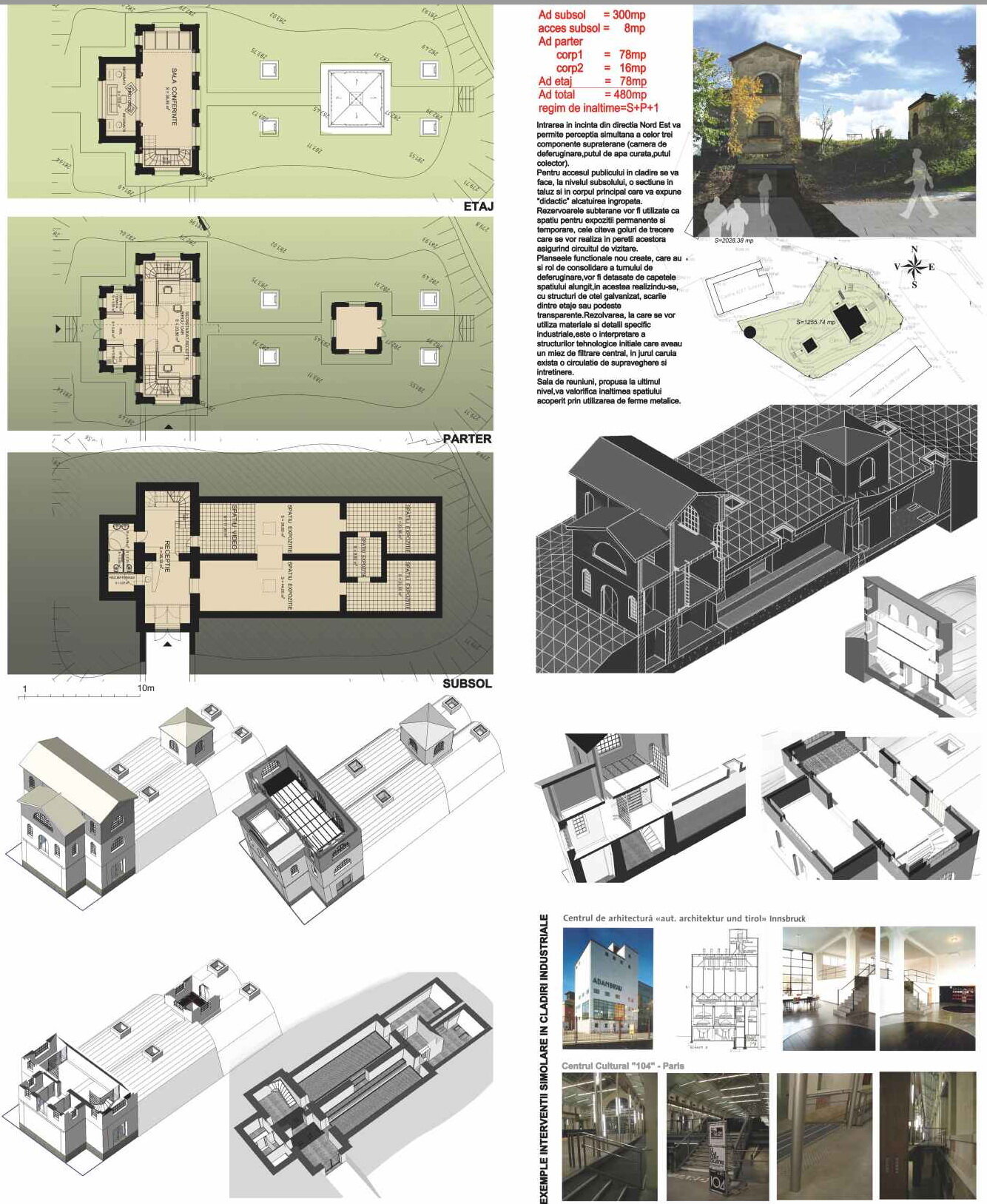
The Water Factory in Suceava – the Cultural Vocation of the Industrial Architectural Heritage
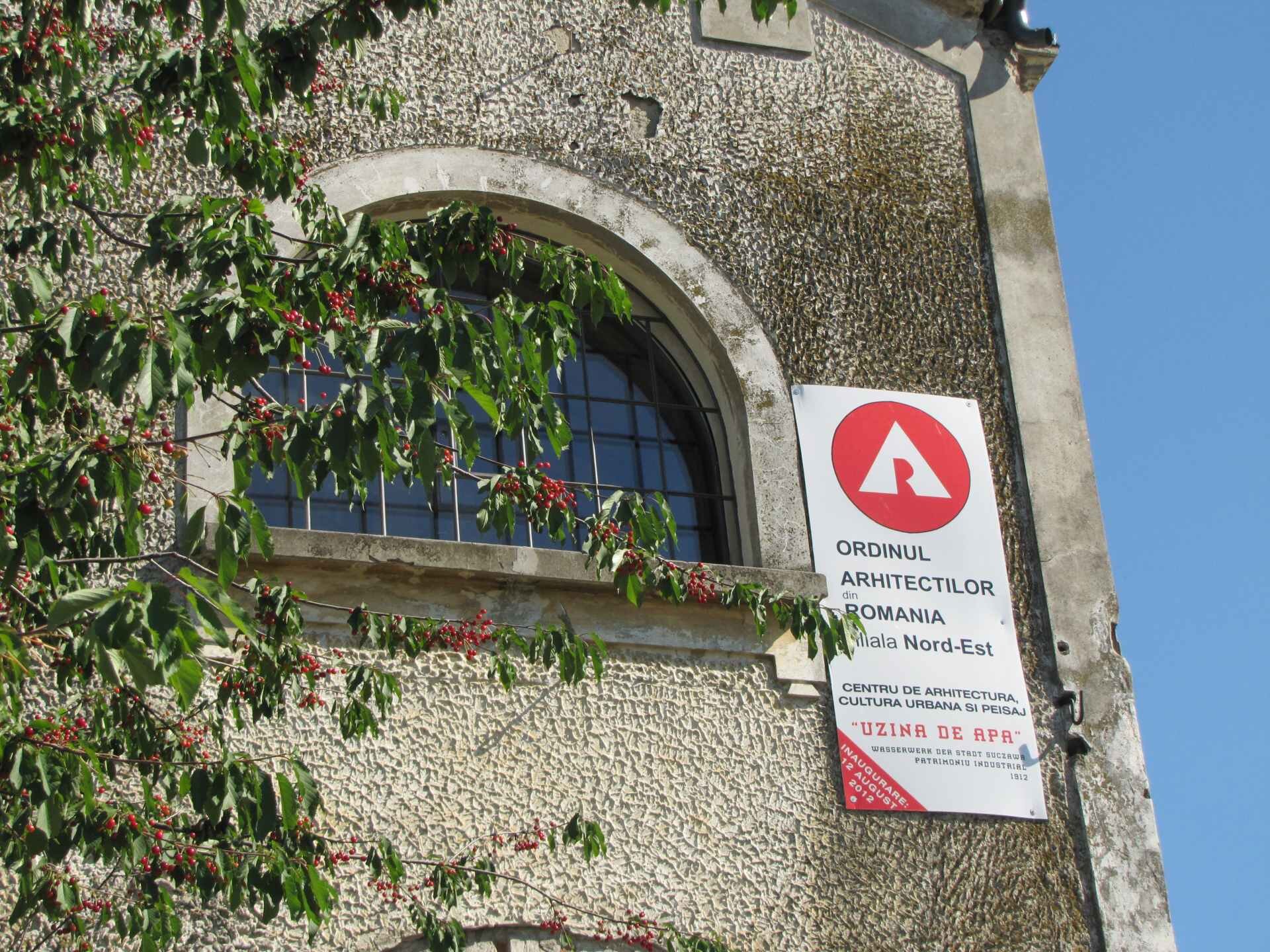
text: Maria MĂNESCU

Images taken from the panels of the exhibition realized on the occasion of the event "Days of Urban Culture", 100 years since the construction of the Suceava Waterworks (1912-2012), provided by the project manager, arch. Constantin Gorcea
The case of the conversion of the Suceava Waterworks into a Center for Architecture, Urban Culture and Landscape is one of the most remarkable and interesting to illustrate the cultural vocation of the heritage of industrial architecture.
First of all, because "both the power plant and the waterworks, put into use in 1908 and 1912 respectively, represent, in the history of Suceava, the decisive moment in the urban planning of a city that, until then, still retained something of the patriarchal air of the old medieval buildings" (archaeologist Florin Hau). In other words, the Waterworks was a civilizing factor which, in addition to increasing the quality of life of the inhabitants by putting the water and sewage network into use, was a spur to civic cohesion. The announcement signed on August 12, 1912 by the mayor of Suceava, Des Loges, went beyond a simple announcement of the water supply, introducing into the discourse an ethical benchmark whereby the good management of the installations was equally the mission of each citizen and the entire community. The Waterworks of the City of Suczwava (Wasserwerk der Stadt Suczwava) was designed in 1908 by Dr. Ing. G. Thiem, civil construction engineer from Leipzig, and built by the firm "Rumpel" from Vienna.
"The objective is entirely a technological water treatment plant with functional access for maintenance and operation only. However, in the spirit of the industrial architecture of the time, it has an architectural "shell" with eclectic, predominantly classical elements. The symmetrical plan about the long axis, the main ascending access rising on a pedimented facade, window bay anchors, cornice profiles and building corner markings support the above statement.The composition is energized by the placement of the above-ground buildings on an elevated relief (by covering the water reservoirs with earth), by the different treatment of the volumes that remain above ground ('De-watering chamber', a real transept taken from a religious building, 'clean water well', a circular pavilion covered with a spherical cap placed asymmetrically).
 The design remains rational, marked by a 'German' rigor and industrially produced elements, which were certainly imported:
The design remains rational, marked by a 'German' rigor and industrially produced elements, which were certainly imported:
The roof structure on the main building is rationalized by the introduction of minimal and highly efficient metal trusses.
The closure of the window openings is realized on minimal metal profiles which create a stained-glass effect providing an unusual brightness and openness for a purely technological building.
The realization of the few technological parts that have remained embedded in the walls (metal pipes, access hatches in the tanks) have a clearly industrial, exceptional realization.
The Suceava Waterworks originally also included the building where the pumps that pumped water from the water tower and the administrator's residence were located. The two nearby buildings have the same architectural stylistic features" (architect Constantin Gorcea).
Secondly, because the Center for Architecture, Urban Culture and Landscape resulting from the conversion of the old Waterworks is a complex project that provides an alternative to the destruction of architectural heritage and urban development. After 50 years of neglect, the restoration project was initiated in 2006 by the architects of the North-East branch (Suceava and Botoșani counties) of the Romanian Order of Architects who, in partnership with the local public administration, managed to attract resources to transform abandoned industrial facilities into a public space dedicated to culture and education. From the outset, the process has had two main stakes, both equally vital for the meaning of the project: the physical rehabilitation of the space and a complex and coherent program of cultural activities.
The preparation of this program started in the summer of 2011, with the organization of an interdisciplinary workshop attended by architects, urban planners, sociologists, landscape architects, artists, which aimed, first of all, at a multicriterial documentation of the context, solutions to increase the visibility of the objective within the city (centrally positioned but also off-centre in terms of accessibility), the detection of an audience for future actions and promotional strategies for all of them. It continued with Urban Culture Days 2012, the inaugural edition, with concerts, exhibitions, tour of Suceava's industrial heritage, conferences and debates on future program and partnerships.
 If everything worked according to plan and as discussed then, the center had every chance to become a relevant place for urban culture, for the promotion of industrial heritage as a resource for the city, an example of the practice of recovery and activation through cultural interventions and, why not, an impetus for future actions at local or even national level and for new ways of using the city.
If everything worked according to plan and as discussed then, the center had every chance to become a relevant place for urban culture, for the promotion of industrial heritage as a resource for the city, an example of the practice of recovery and activation through cultural interventions and, why not, an impetus for future actions at local or even national level and for new ways of using the city.
And everything worked according to plan. The Waterworks became a Center for Architecture, Urban Culture and Landscape, the speculation of its Palladian air contributing, in full, to the award at the 2014 National Architecture Biennale in the "Cultural Heritage Architecture" Section.
Much has been written and spoken about the Waterworks in architecture magazines. The Urban Culture Days at the Waterworks in Suceava have been held every year since 2012, and the interested public has been growing. The last edition, the VIth, in August 2017, had as its theme "Architectural Heritage between Generations" and extended the reference area to the Republic of Moldova and Chernivtsi in Ukraine, by virtue of the existence of similar phenomena of identity and cultural crisis. The "Open Doors Day at the Waterworks" further extended the effect of spreading good practices, transforming the Waterworks into a real cultural pole of the North-East Euro-region.
 In addition to all these actions for the recovery of an architecturally valuable space, an object of industrial and technological heritage, which have led to the discovery of the cultural vocation of the industrial architectural heritage, perhaps the greatest achievement is, however, another, more discreet, but more valuable in the long term: the memory and community spirit - invoked in the original act of 1912 and dormant for over 50 years - have been recovered, which is a fundamental resource for urban living.
In addition to all these actions for the recovery of an architecturally valuable space, an object of industrial and technological heritage, which have led to the discovery of the cultural vocation of the industrial architectural heritage, perhaps the greatest achievement is, however, another, more discreet, but more valuable in the long term: the memory and community spirit - invoked in the original act of 1912 and dormant for over 50 years - have been recovered, which is a fundamental resource for urban living.
The integration of the Center into the local community through a permanent cultural program with a well-defined identity, addressing a broader educated, multicultural public (a traditional value in Bucovina), going beyond the confines of the profession, remains an essential component of the future plans centered on the Waterworks.


